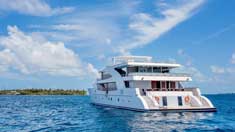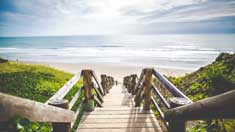Bali, the 'Island of the Gods,' is quite literally surf paradise. The water's warm, the waves are plentiful and consistent, and the parties are pumping. The food is next level and if you know where to go, super affordable too. And not to mention, Bali is extremely beautiful. There is no other place quite like it where you can hop on a motorbike and get lost in narrow, winding roads only to find yourself in the midst of a lush green rice field at the end of it all.

Surfing Bali: Top Tips for your First Bali Surf Trip
If you haven't been there already, we highly recommend to pack a few bikinis or boardies, a couple of boards and just do it! In fact, we think everyone should have the pleasure to experience surfing picture-perfect reef setups in Bali at least once or twice in their lives. Seriously, you owe it to yourself to make it happen.
Here are some tips to help you start planning, and ultimately make your first Bali trip as much fun as can be.
1. Visa-Free entry for 169 countries
If you're planning on traveling to Bali, chances are you won't need a visa. Indonesia is incredibly kind to foreign tourists allowing them to stay in the country visa-free for up to 30 days. However, should you decide that you want to continue to chase the dream a little longer, you can pay for a VOA (Visa on Arrival) and extend it by yourself or through an agent at the Immigration office for an additional 30 days.
2. Going to Bali - a destination laid out for tourism
Bali is a major tourism destination, and flights into the capital city of Denpasar are easy to come by and can be surprisingly affordable. Flying from many destinations around the world will involve a stopover in one of the usual international hubs, such as Dubai, Kuala Lumpur, Singapore, or possibly Jakarta. You can use our Skyscanner flight tool to check routes.
When you exit customs in the airport, expect to be approached by a swarm of touts trying to help you with anything from carrying your luggage to organizing a taxi ride. Payment will be expected even if you didn't ask for help, so a firm "no thanks" is the best way to avoid being fleeced.
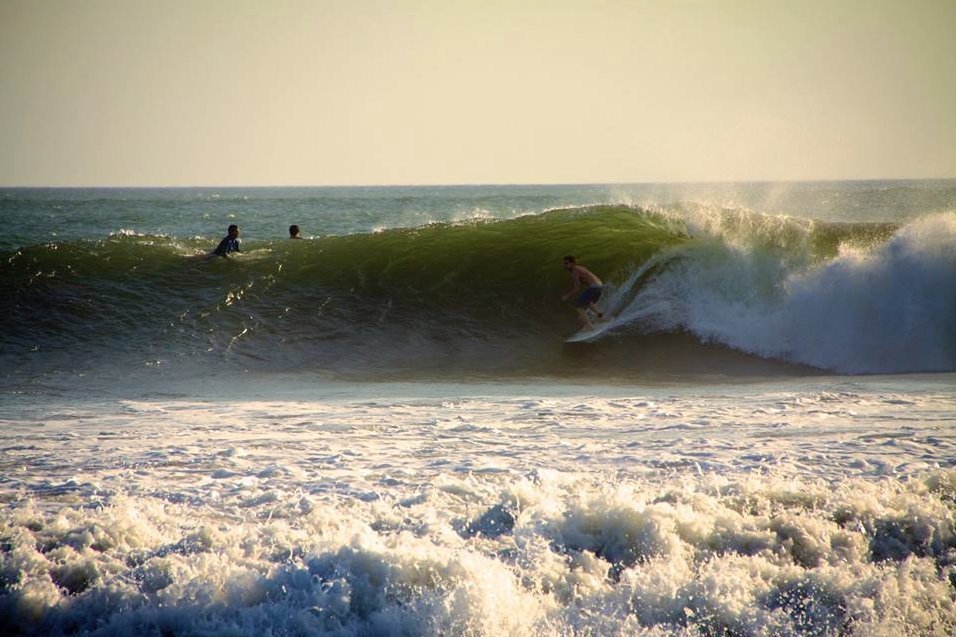
Most of the taxi drivers at the airport seem to wait in the hope of squeezing a few extra dollars out of inexperienced travelers. So unless your hustle is game and you think you can negotiate a fair rate, it's best to arrange the transfer to your accommodation in advance.
Most hotels and surf camps will be happy to arrange this for you, but if you are staying in a private villa, you can use local Facebook groups to find a local driver who'll charge a more reasonable fee. Another epic way to get around on the cheap is to download ride-hailing applications like Gojek or Grab. They are great, safe, and cheap. Alternatively, just call for a Bluebird Taxi to come and pick you up – Bluebird is by far the most reliable taxi service in Bali as all their cars are equipped with meters.
3. Where in Bali should you stay?
Bali isn't all that big, so it's easy enough to get around to many different areas and spots even in just one day. That said, pretty much all the surf action is concentrated on the southern edge of the island, from Keramas in the East, down to the fabled Bukit Peninsula, then westwards past Kuta and Canggu up to Balian and Medewi.
So there are plenty of choices, but most seasoned surf travelers stay either on the Bukit Peninsula, Seminyak or Canggu, depending on your style and budget.
Kuta
Kuta is the closest to the airport, and probably the central hub of tourism in Bali.
Sure, there are some nice parts in Kuta… Most of it, however, is a heaving cesspit of drunk tourists, drug-pushing pimps, dirty narrow streets, and brash, sweaty nightclubs. If you're after raucous partying, it may be worth a look for a night out, but otherwise best avoided.
Canggu
Heading further northwest from Kuta, you run first into Seminyak, then Canggu. Seminyak could perhaps best be described as a more upmarket version of Kuta: it's very nice and fairly ritzy, but ultimately still pretty touristy. However, the various restaurants, bars, and clubs are worth a visit of an evening.
Canggu hosts a treasure trove of restaurants and cafes, serving delicious meals of all origins and flavours. Despite the hipster vibes, the legendary Deus ex Machina parties are great fun too.
Canggu is also home to a variety of waves for all levels of surfer, from perfect beginner and longboard setups at Berawa and Batu Bolong to more high-performance waves at Echo Beach.
You're not going to have the lineup to yourself, though. But crowds tend to be friendly and – the general standard of surfing (except Eco Beach) isn't super high, so you can be sure to catch a fair amount of waves.
If you want to escape the mayhem of the GU for a while, you can always head further west and check spots all along the coast. With a little time and patience, you sure find a fun, empty bank to yourself.
Here you can find a few of our favorites:
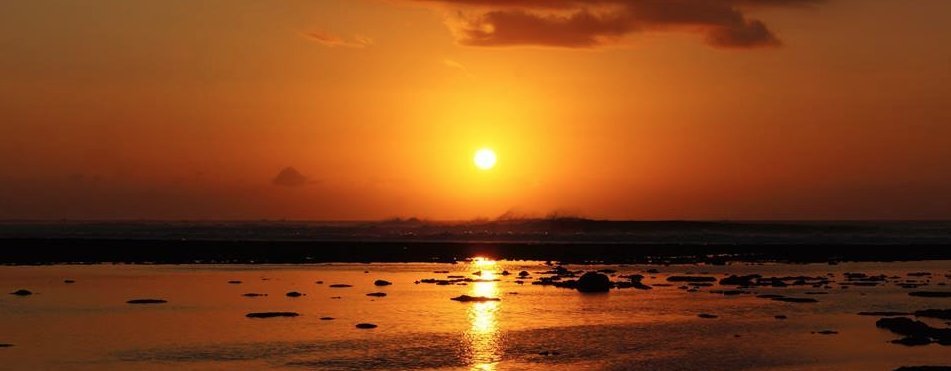
Bukit
While waves in Canggu can be truly world-class, the Bukit Peninsula plays host to the best waves on Bali, featuring legendary names like Uluwatu, Padang Padang, Impossibles, Bingin and Dreamland.
It's also one of the most beautiful parts of Bali, drier and more arid than the rest of the island, with dramatic cliffs plunging down to incredible white sandy beaches and sapphire-like water.
However, many of the waves break over the shallow and sharp reef, and crowds can be fairly cut-throat on a good swell. You definitely need to bring your A-game if you want a good share of waves without paying skin tax to the reef!
There's a massive choice of accommodation ranging from the pinnacle of luxury to the bottom of the budget. While there's no shortage of restaurants, the dining and drinking options aren't as extensive as Canggu.
Find some of our favorites here:
4. Getting Around Bali
For long journeys, it may be worthwhile arranging a local driver for comfort's sake, but the real vehicle of choice in Bali is the scooter. The ability to weave in and around other vehicles and obstacles on the road means you'll get to your destination faster than any other method.
There are many places to rent scooters all over the island, so just ask around. Prices are negotiable, especially if you're staying for a longer period or are renting as a group. Again, prices range drastically depending on how good your negotiation skills are. If you want to cut out the hassle, just download the motorbike rental app called Melalie, and they'll fix you up with everything you need.
Most rental scooters are automatic so you don't have to worry about changing gear if you're not used to bikes. Make sure to check tires and brakes before you leave, and get a helmet!
Traffic in Bali
Traffic in Bali is hectic and can be intimidating at first, but once you get the hang of it, you'll be fine. The Balinese tend to be quite horn happy, which can be confusing until you get used to it.
A quick beep doesn't mean you've done anything wrong, they're just letting you know where they are or that they're about to overtake you. It's wise to adopt the same mannerisms yourself. Watch out for potholes, wear a helmet and shoes, listen out for faster bikes approaching from behind, and you'll be grand!
Petrol can be bought cheaply at the many roadside shacks, and for some reason always seems to come in Absolut Vodka bottles (generally one or two bottles should be enough).
The myriad winding roads can be tough to navigate, but Google Maps works surprisingly well (even with no internet, as long as GPS is enabled)! Most cafés and warungs have good free wifi, so if you get lost, just pull in, grab a drink, and load up the map.
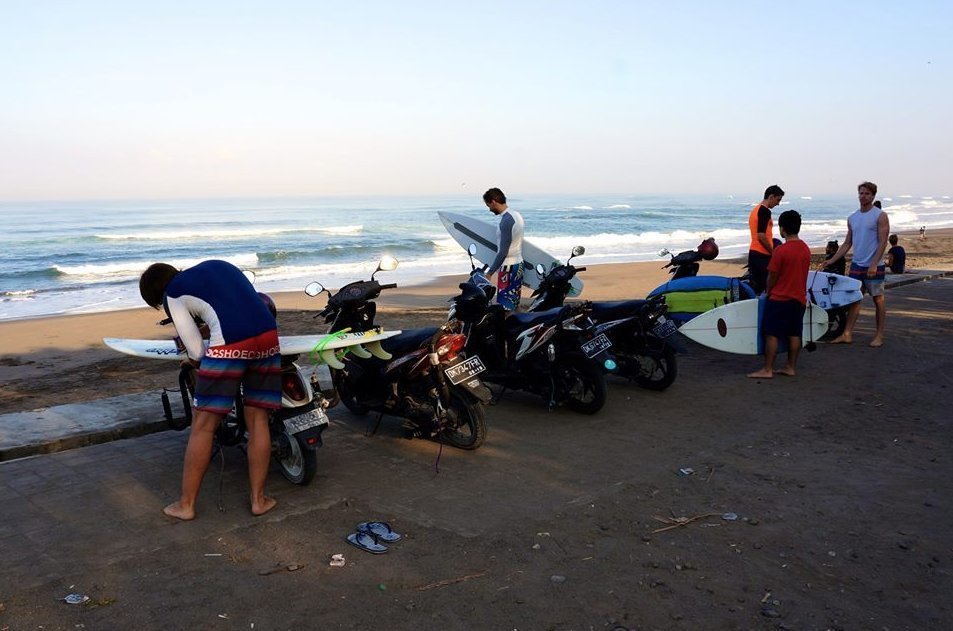
5. Surfing in Bali
Balinese waves come in pretty much every variety and performance level you can imagine, from perfect beginner spots to scarily hollow barrels. Generally, the primary season is over the winter – from June to September – which sees the biggest swells favourable winds on the west coast.
However, the summer rainy season is much quieter, and due to the might of the Indian Ocean, solid swells are not uncommon. Winds are often offshore on the east coast during this period.
There's a lot of energy in the Indian Ocean. If this is your first trip, it might be an idea to bring a slightly bigger or thicker board than you usually use to help get into the waves. Rips can be surprisingly strong, and swimming isn't advisable at many beaches.
There are many surf schools and guides in Bali, catering for everyone from outright beginners learning to pop up to seasoned experts looking for off-the-track gems. Some are better than others, so it's always worth speaking to your travel agent to avoid disappointment.
One thing to bear in mind during the winter is that the water isn't always as warm as you might imagine! Particularly during early morning and sunset sessions, a rash vest or even neoprene top can be a good idea, especially if the wind is up.
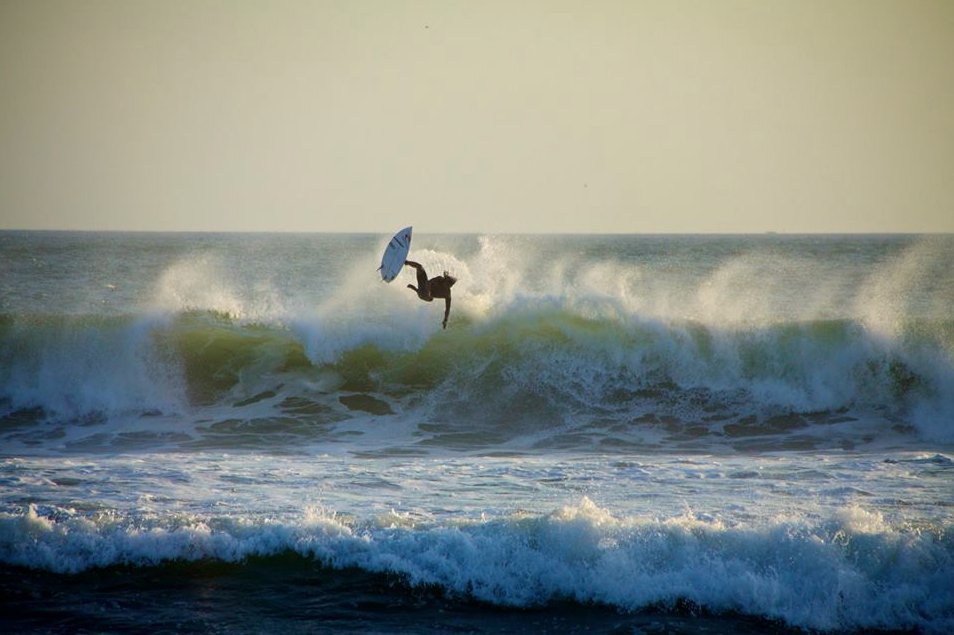
6. Eating in Bali
Balinese food is delicious! Staple meals include the quintessential Nasi Goreng and Mie Goreng – meat and vegetables served with rice, a fried egg, and spicy sambal sauce; a great option on a budget.
Nasi Campur is also popular and is essentially a lot like a buffet of various types of meat, vegetables, egg, tofu, and rice or noodles. Seafood is widely available and delicious, particularly grilled snapper, while Babi Guling – roasted pig – is a real delicacy.
However, you can find restaurants serving food of almost every variety and origin in Bali, so no-one's going hungry. Pizzas, burgers, curries, Thai food, pies, and sushi abound, and you can even find freshly baked French croissants and pastries!
Vegetarians and vegans are well catered for, particularly in Canggu, but there's plenty to keep dedicated carnivores happy too!
Breakfast is equally varied, and you'll have no problem finding anything from a Full English to healthy smoothie bowls, fresh fruit, and incredible egg-toast-and-smashed-avocado concoctions.
7. Non-surf Activities in Bali
If you need a break from surfing, relaxing on the beach, drinking coconuts, partying and eating, there are plenty of other activities to keep you entertained! There's a surprising amount to do in Bali, from temple sightseeing (Tanah Lot being the most famous) and yoga courses to volcano hiking, mountain biking, dirt biking, white water rafting, elephant rides, cooking and jewelry-making classes, and diving.
Take a trip inland to Ubud for yoga retreats and to check out the monkey forest or head to Nusa Dua, where the long reef provides perfect sheltered water for snorkeling.
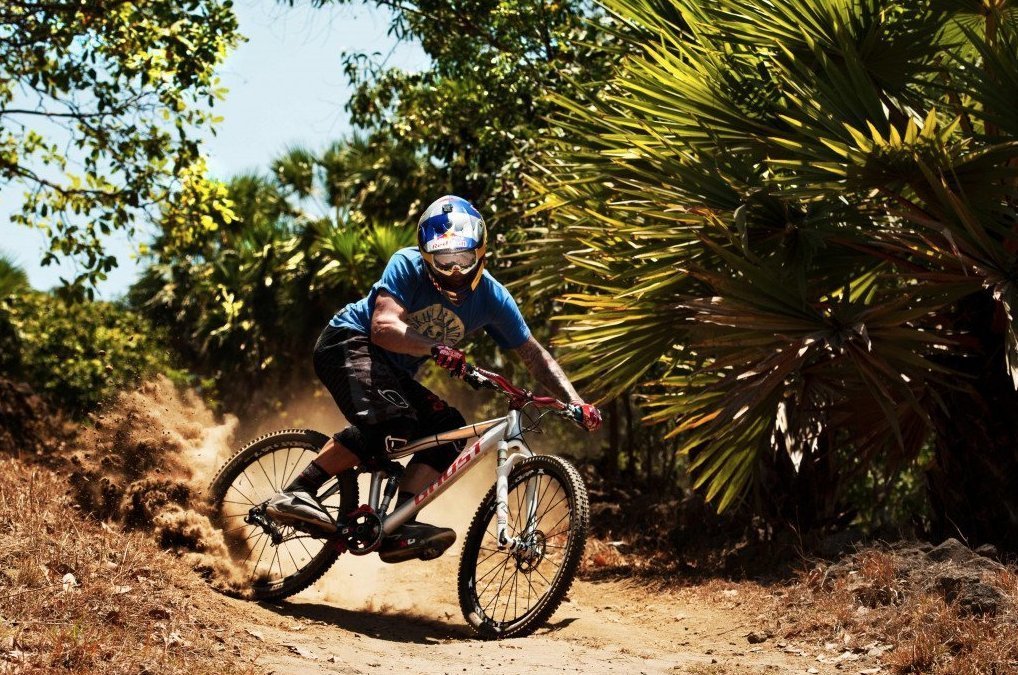
8. Bonus Tip – Nusa Lembongan
Nusa Lembongan is an island off the coast of Bali, and is well worth a weekend trip! It's only 40min or so from Sanur by speed boat but is very different to Bali.
Mangrove Point at the north of the island features an offshore reef with incredible snorkeling. At the same time, breaks like Shipwrecks and Lacerations offer great waves with relatively quiet lineups.
Lembongan is much less developed than Bali, and despite a couple of high-end resorts and dive operations, the infrastructure is charmingly terrible. Many roads are in awful condition, and the single-lane yellow bridge to neighboring Nusa Ceningan can be quite exciting on a scooter!
The island tends to be much quieter than Bali with fewer tourists, so it is excellent for a relaxing or romantic getaway without the hustle and bustle of the mainland. The landscape is beautiful, with stunning lagoons, coves, and blowholes, while much of the coast is dominated by intriguing seaweed farms.
Our favorite Trip:
